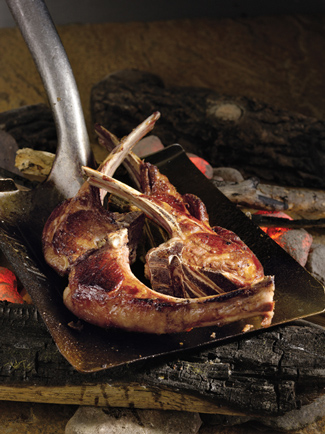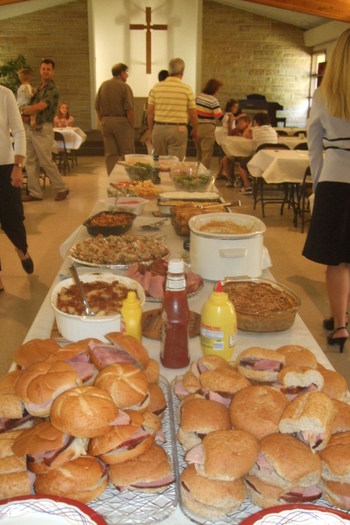Bon Appetit is a food porn magazine meant to titillate (it’s even in it’s name) and stimulate rather than inform, like most of what passes for food journalism.
This month, the so-called Conscious Cook has a brief piece, 5 Reasons  You Shouldn’t Hate On Microwaves.
You Shouldn’t Hate On Microwaves.
Hate is a strong word. I like my microwave, especially for reheating, not cooking.
The author maintains that microwave defrosting reduces the risk of foodborne illness and that “defrosting frozen food by using hot water or leaving it in the sink can increase bad bacteria. To defrost fast, microwave food on low heat, then cook immediately. Stir contents halfway through heating for even warming.”
I cook a whole chicken about once a week. It’s inexpensive, and provides leftovers and stock for subsequent meals. If I’m defrosting a whole chicken in a microwave, I’m not going to stir it “halfway through heating for even warming.”
The U.S. Department of Agriculture and Health Canada recommend thawing poultry by sealing in a waterproof bag and immersing in cold water. These same groups also used to recommend washing chicken bits, but decided the microbiological splash fest created by running water over raw poultry was a bad idea. To me, immersing in cold water and changing that water every 30 minutes is an additional route to microbial cross-contamination. The Aussies and the Brits agree, and do not recommend water immersion.
Depending on my planning, I use a combination of the counter and the refrigerator for thawing the bird. American and Canadian science-types  say this is awful, and I’ll make everyone barf. The Aussies and Brits say counter-top thawing is fine, as long as it’s monitored – a week may be too long.
say this is awful, and I’ll make everyone barf. The Aussies and Brits say counter-top thawing is fine, as long as it’s monitored – a week may be too long.
We have previously reviewed various thawing techniques and government recommendations. Whatever technique is used, be the bug, thinking in terms of cross contamination and growth, and use a damn thermometer to ensure the food has reached a safe internal temperature. Color is a lousy indicator and piping hot is just weird (so is Canada’s Mrs. Cookwell).

 fascinating farm animal things on Facebook.
fascinating farm animal things on Facebook..jpg)
 has a new book out,
has a new book out, .jpg)

.jpg) manual labor and love.
manual labor and love. With the July 4 holiday on the way, Whole Foods is once again
With the July 4 holiday on the way, Whole Foods is once again become my little morning ritual to have it on in the background while I work and see what else they can get wrong.
become my little morning ritual to have it on in the background while I work and see what else they can get wrong..jpg)
.jpg) as shown).
as shown). This early-20th-century invention brought about a giant cultural shift: the reliance on a gadget—rather than instinct, or experience—to assess our meat. The thermometer was promoted to home cooks as a tool of scientific precision. It was also an instrument of relaxation, something that freed you from worrying about misjudging the meat: "A roast thermometer makes for carefree roasting," advised the 1959 edition of Fannie Farmer’s famous tome. By midcentury, temperature measurements were a common feature of cookbooks.
This early-20th-century invention brought about a giant cultural shift: the reliance on a gadget—rather than instinct, or experience—to assess our meat. The thermometer was promoted to home cooks as a tool of scientific precision. It was also an instrument of relaxation, something that freed you from worrying about misjudging the meat: "A roast thermometer makes for carefree roasting," advised the 1959 edition of Fannie Farmer’s famous tome. By midcentury, temperature measurements were a common feature of cookbooks..jpg) Valentine to the World of Food and the People Who Cook.)
Valentine to the World of Food and the People Who Cook.) mother asked if I was going to watch the World Cup of soccer.
mother asked if I was going to watch the World Cup of soccer..jpg) to use your wonderful tip thermometer and so visual advice is both sensible and correct.
to use your wonderful tip thermometer and so visual advice is both sensible and correct..jpg) The U.K. celebrates Food Safety Week 2010 from June 7-13
The U.K. celebrates Food Safety Week 2010 from June 7-13.jpg)